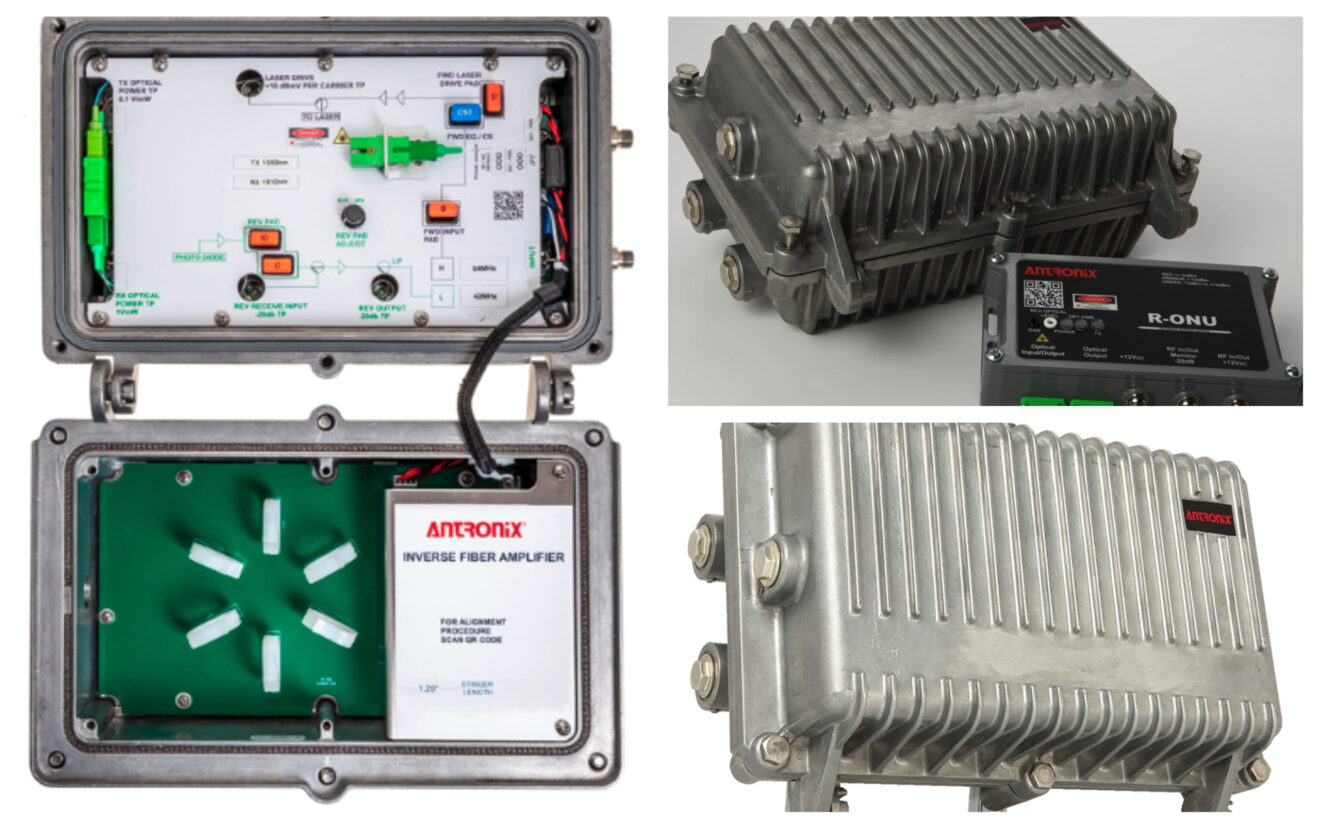The pandemic has certainly put a spotlight on the importance of broadband, with even the White House deeming it a necessity and looking to commit $100 billion to foster broadband access in the United States. Residential broadband is no longer just about the need for a wider downstream pipe as more Americans are working from home and have greater upstream needs for such work-related tasks as file transfers. SmartBrief connected with Antronix’s Business Development Director Joe Palermo to discuss the evolution of residential broadband, DOCSIS 4.0 and how Antronix’s products, including its Inverse Fiber Amplifier, are helping cable broadband providers meet the ever-expanding needs of their customers.
How has broadband consumption changed over the course of the pandemic and how important has scalability become?
There has been a shift with bandwidth consumption moving from business services to residential broadband. Business services requires symmetrical rates for upstream and downstream. Pre-pandemic, residential services required a wider downstream pipe – content was flowing from the cloud to residential customers, mostly. Since the pandemic hit, with more people now working from home, the residential requirements have changed. Conference calls, online collaboration and file transfers have stressed the upstream demand. The ability to scale the upstream requirements have become a hot topic and an issue moving forward. The DOCSIS 4.0 specification addresses the issue by providing a symmetrical solution.
What are the biggest end-of-line challenges facing cable broadband providers today?
There are many challenges facing cable providers. The obvious challenge is being able to meet the residential demand for both upstream and downstream. The other challenge is providing connections to remote locations. While there is a large percentage of homes connected to either fiber or coaxial cable, there are homes and pockets within a community that are not connected. The issue is connecting the remaining homes. Broadband access is a basic necessity.
How does Antronix’s Inverse Fiber Amplifier (IFA) resolve those challenges? What benefits does it offer?
The Antronix Inverse Fiber Amplifier (AIFA) is a cost effective way to connect remote and rural customers to an existing network. The AIFA converts existing coaxial cable to fiber. This solution also future proofs the network should the cable provider decide to have a fiber to the home architecture.
The DOCSIS 4.0 specs are said to be a gateway for upstream spectrum on the hybrid fiber/coax plant. How does this change the game for cable broadband providers?
The DOCSIS 4.0 specification widens the upstream bandwidth spectrum.
How can IFA expand access to underserved areas and how is the technology delivering flexible, future-proofing to providers?
The AIFA allows cable operators to install fiber to the customer premise, while keeping the existing coaxial cable in place. Rural and underserved areas currently have neither coaxial nor fiber cables at their locations. Installing coaxial cable that most likely will be replaced in a few years does not make sense economically. Installing fiber allows cable operators to recover their investment over time and future proofs the network when they decide to have an entire network of fiber optic cable.
See the full suite of Antronix optic devices here.
Joe Palermo is Business Development Director at Antronix. Joe joined Antronix in 2020 to help guide new device development. He has been a cable industry electrical engineer for more than 30 years, and in business development for 20 years. Before joining Antronix, Joe was part of the technical staff at Bell Laboratories, a principal engineer at Broadcom and a system architect at Xilinx. Joe holds Bachelor’s and Master’s degrees in Electrical Engineering from Manhattan College and is a MBA candidate at Syracuse University.
